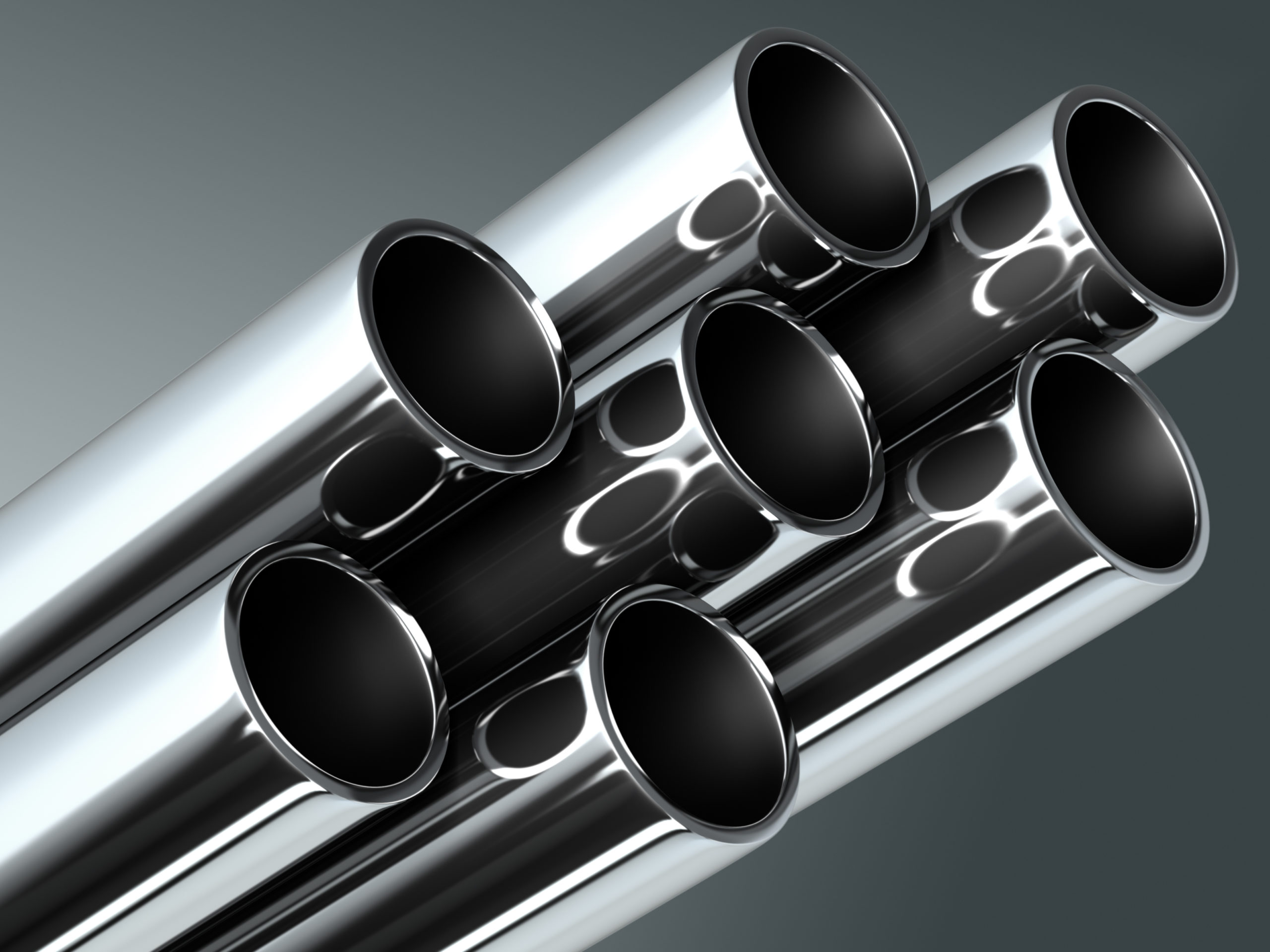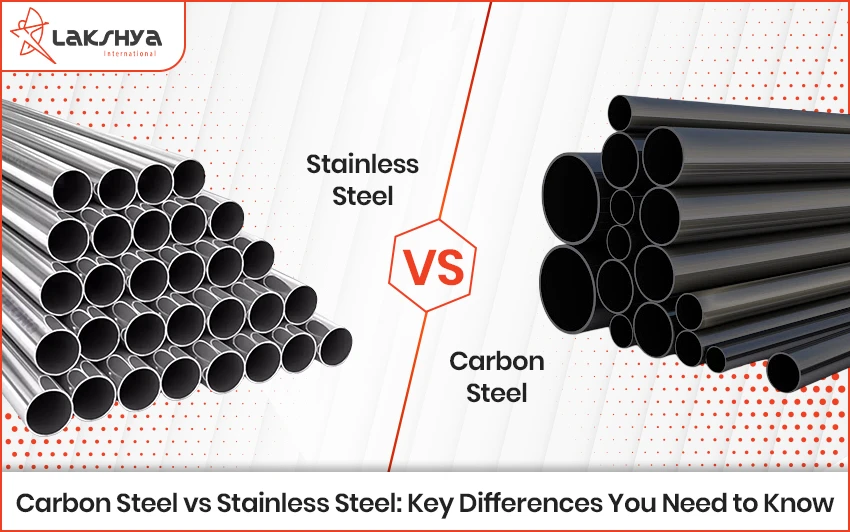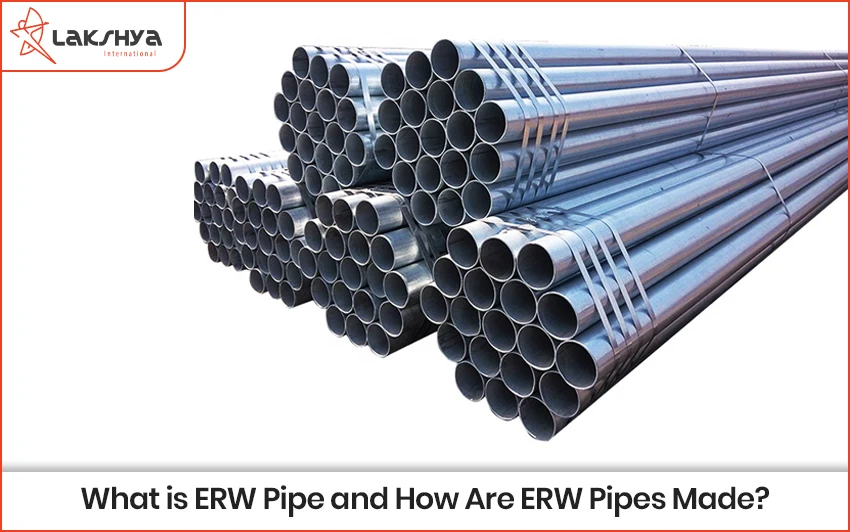Introduction
With so many different types of Stainless-steel pipes, like seamless pipes, welded pipes, and flanges, it might be hard to choose which one to use for your business, or even what they can be used for. It’s important to know the different types of pipes and what they’re used for if you want to be a good plumber.
There are various types of stainless-steel pipes:
Welded Pipe :
Because welded pipes are so versatile, they can be used in almost any kind of business. Because of this, though, they do better at resisting corrosion and less well at resisting pressure than they do at resisting rust. Welded pipes are a lot easier to work with than most other types of pipes. They also give you the most value for your money because of the materials used and the lightweight nature of the pipes.
Spectacle Blinds :
When there is a need for a long-term solution that allows for the separation of piping sections, spectacle blinds, spades, and spacers are used. People use spectacle blinds when a piece of machinery or piping section needs to be serviced, but they want to keep the rest of the structure safe. Because this is so important for your safety, you need to make sure your spectacle blinds are safe before you use them. Because each use case is different, it’s best to talk to a professional before you spend a lot of money on spectacle blinds.
Flanges :
Pipe flanges are another important part of your pipe system. Slip-ons, blinds, lap joints, threaded, and semis are just a few of the types of joints. To make sure they will last, these are made from strong and sturdy materials, and only high-quality parts are used to make pipe flanges.
Steel pipes are so versatile that they can be used in a wide range of important industries. Because of its rigorous manufacturing process, it can withstand even the most extreme conditions. This makes it a popular choice for engineers and businesses alike.
Here are a few industries where stainless-steel is used:
Mining and the extraction of minerals:
People who mine things from the earth do so to get them. Metals, both common and rare, are usually used in this process. It’s been done for thousands of years to get useful features. Stainless steel has made it easier and more cost-effective to do big things in the mining business. It’s used in a lot of different places to make sure people and machines stay safe and work well, from the mines where people and machines dig into the soil to the rooms and dining areas where workers can rest.
Transporting LNG :
Liquefied natural gas (LNG) is a gas that has been temporarily turned into a liquid so that it can be moved. Its size has been drastically cut down to make transportation easier and cheaper. A lot of the time, natural gas is sent to people in cryogenic sea vessels and tankers on the road because pipes aren’t practical or cost-effective. As a result, it’s important to have the right pipes in place so that natural gas can be delivered to remote parts of the country or the world in a safe and cost-effective way.
Oil and Gas Industries :
In the oil and gas industries, technology is very important. Corrosion-resistant plumbing has become more important in recent years because the layers of oil we search for have grown, putting more strain on the duplex and super duplex stainless steel tubes we use. They can be poisonous and harmful, and if the damage isn’t fixed, the pipes can burst quickly, making them useless at deeper levels if they aren’t fixed. They play a big part in the success of the oil and gas business because they need to be durable.
Nuclear Industries :
It’s not easy to extract useful energy from subatomic particles. All of today’s nuclear reactors boil water generate steam, which is subsequently used to rotate turbines that generate electricity, and the majority of them are located by coastal areas to manage high temperatures. Due to this, a large portion of the water used to cool nuclear reactors comes from the ocean, and it must be resistant to the corrosive nature of saltwater. Stainless steel pipes are more highly capable of resisting corrosion caused by seawater, which is why it is so important in the nuclear power business.
Lakshya International has worked in almost all of these industries and has used stainless in other industries, like desalination, interior design, and so on. People who say that stainless steel is the material of the future are based on what they’ve done in the past.
Read More :
Stainless Steel and Titanium: Which one is better? Stainless steel is an iron alloy with a minimum of 10.5 percent chromium. The chromium on the steel surface forms a thin coating of oxide known as the ‘passive layer.’ This helps to keep the surface from corroding more. The higher the chromium content, the better the corrosion resistance. Carbon, Silicon, and Manganese are all present in varying proportions in stainless steel, Read further to know more.




